Filter by
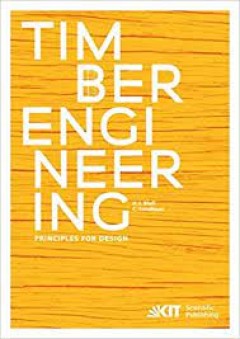
Timber Engineering : Principles for Design
This comprehensive book provides in-depth knowledge and understanding of design rules according to Eurocode 5. It is based on the first edition of the STEP (Structural Timber Education Programme) series, which was prepared in 1995 by about 50 authors from 14 European countries. The present work updates and extends the STEP compilation and is aimed at students, structural engineers and other tim…
- Edition
- -
- ISBN/ISSN
- 978-3-7315-0673-7
- Collation
- -
- Series Title
- -
- Call Number
- 624 BLA t
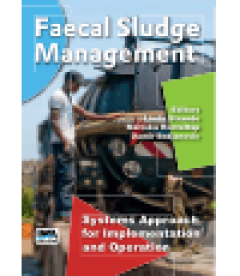
Faecal Sludge Management : Systems Approach for Implementation and Operation
Over a billion people in urban and peri-urban areas of Africa, Asia, and Latin America are served by onsite sanitation technologies. Until now, the management of faecal sludge resulting from these onsite technologies has been grossly neglected. Financial resources are often lacking, and onsite sanitation systems tend to beregarded as temporary solutions until sewer-based systems can be implemen…
- Edition
- -
- ISBN/ISSN
- 9781780404738
- Collation
- -
- Series Title
- -
- Call Number
- 628 FAE

Advancing Culture of Living with Landslides : Volume 1 ISDR-ICL Sendai Partne…
This volume contains peer-reviewed papers from the Fourth World Landslide Forum organized by the International Consortium on Landslides (ICL), the Global Promotion Committee of the International Programme on Landslides (IPL), University of Ljubljana (UL) and Geological Survey of Slovenia in Ljubljana, Slovenia from May 29 to June 2, 2017. The complete collection of papers from the Forum is publ…
- Edition
- -
- ISBN/ISSN
- 978-3-319-59469-9
- Collation
- XXVI, 586 halaman
- Series Title
- -
- Call Number
- 624 ADV
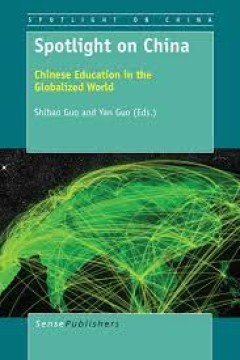
Methods and Concepts for Designing and Validating Smart Grid Systems
Energy efficiency and low-carbon technologies are key contributors to curtailing the emission of greenhouse gases that continue to cause global warming. The efforts to reduce greenhouse gas emissions also strongly affect electrical power systems. Renewable sources, storage systems, and flexible loads provide new system controls, but power system operators and utilities have to deal with their f…
- Edition
- -
- ISBN/ISSN
- 978-3-03921-649-9
- Collation
- -
- Series Title
- -
- Call Number
- 624 MET

Planning the Charging Infrastructure for Electric Vehicles in Cities and Regions
Planning the charging infrastructure for electric vehicles (EVs) is a new challenging task. This book treats all involved aspects: charging technologies and norms, interactions with the electricity system, electrical installation, demand for charging infrastructure, economics of public infrastructure provision, policies in Germany and the EU, external effects, stakeholder cooperation, spatial p…
- Edition
- -
- ISBN/ISSN
- 978-3-7315-0501-3
- Collation
- -
- Series Title
- -
- Call Number
- 624 WIR p
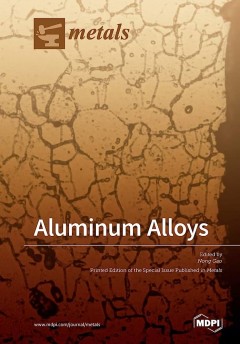
Aluminum Alloys
Aluminium is the world’s most abundant metal and is the third most common element, comprising 8% of the Earth’s crust. The versatility of aluminium makes it the most widely used metal after steel. By utilising various combinations of their advantageous properties such as strength, lightness, corrosion resistance, recyclability, and formability, aluminium alloys are being employed in an ever…
- Edition
- -
- ISBN/ISSN
- 978-3-03842-475-8
- Collation
- -
- Series Title
- -
- Call Number
- 622 ALU
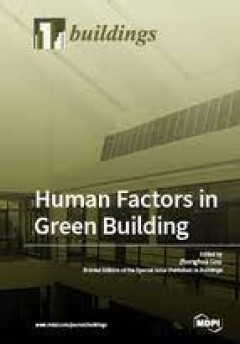
Human Factors in Green Building
World Green Building Council suggests that health, well-being and productivity should be the next chapter for green building. There is an obvious shift of green building movement from technology-centric towards human-centric, which culminates in recent WELL Building Standard, focusing exclusively on human health and wellness. This special issue aims to push forward the research, discourse and p…
- Edition
- -
- ISBN/ISSN
- 978-3-03897-567-0
- Collation
- -
- Series Title
- -
- Call Number
- 625 HUM
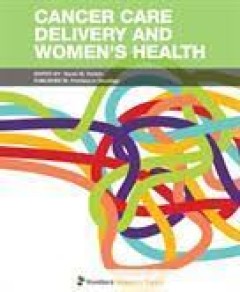
Cancer Care Delivery and Women's Health
Cancer care delivery refers to the multiple layers of the health care system that interact to affect outcomes for patients with cancer and the quality of that care. The factors included in the care delivery system that potentially alter outcomes include social dynamics, financing systems, organizational structures and processes, health technologies, provider and individual behaviors. Because wo…
- Edition
- -
- ISBN/ISSN
- -
- Collation
- -
- Series Title
- -
- Call Number
- 610 CAN

Heat and Mass Transfer in Building Energy Performance Assessment
The building industry is influenced by many factors and trends reflecting the current situation and developments in social, economic, technical, and scientific fields. One of the most important trends seeks to minimize the energy demand. This can be achieved by promoting the construction of buildings with better thermal insulating capabilities of their envelopes and better efficiency in heating…
- Edition
- -
- ISBN/ISSN
- 978-3-03921-927-8
- Collation
- -
- Series Title
- -
- Call Number
- 624 HEA
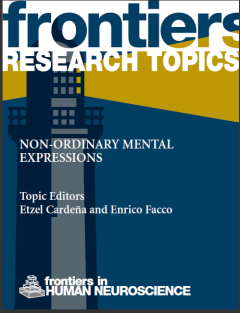
Non-Ordinary Mental Expressions
So-called altered states of consciousness (ASC) are an intriguing, still under-researched topic, with profound neuropsychological and epistemological implications. In the last few decades there has been increasing multidisciplinary interest in consciousness and ASC, a term encompassing a wide range of pathological and non-pathological conditions, including dreaming, near-death experiences (NDEs…
- Edition
- -
- ISBN/ISSN
- 978-2-88919-485-8
- Collation
- -
- Series Title
- -
- Call Number
- 613 NON
 Computer Science, Information & General Works
Computer Science, Information & General Works  Philosophy & Psychology
Philosophy & Psychology  Religion
Religion  Social Sciences
Social Sciences  Language
Language  Pure Science
Pure Science  Applied Sciences
Applied Sciences  Art & Recreation
Art & Recreation  Literature
Literature  History & Geography
History & Geography